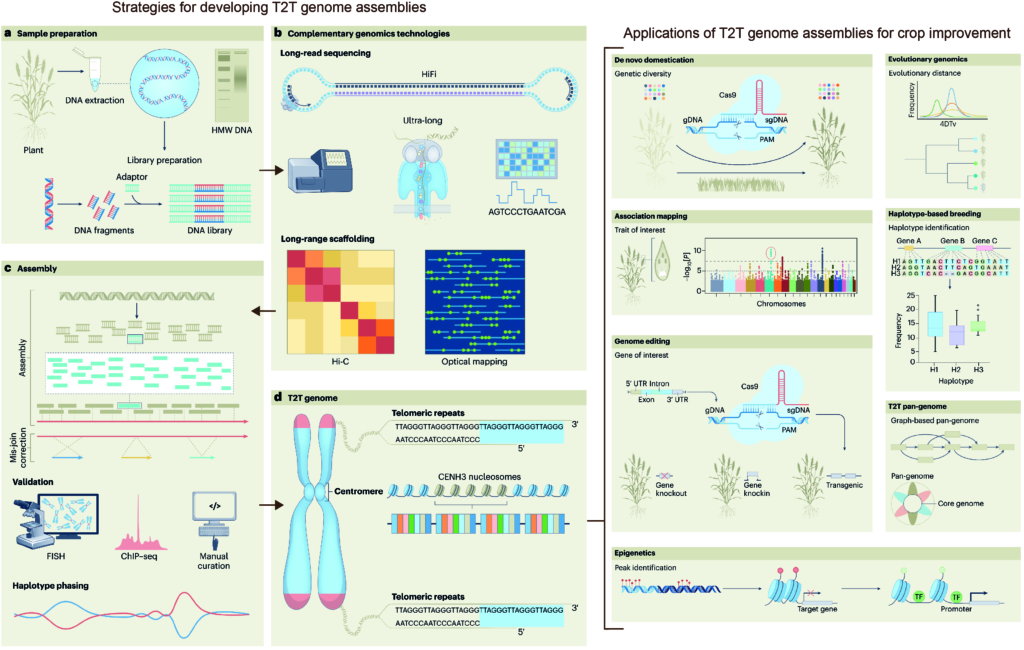
SAM-seq: A novel approach for unraveling plant epigenetic complexity
Plant Science Research WeeklyThe complex interplay between nucleosome positioning, DNA methylation, and chromatin accessibility is crucial for genome regulation in eukaryotic organisms. However, current chromatin profiling methods, which rely on short-read sequencing, fail to characterize highly repetitive genomic regions and cannot…
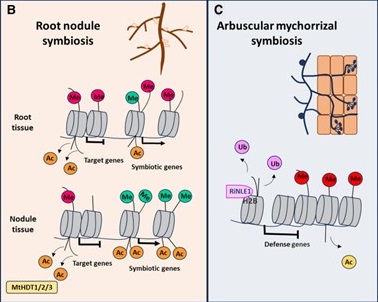
Review: Root development and symbiosis: an epigenetic perspective
Plant Science Research WeeklyRoots do not grow in isolation but occupy a space inhabited by a variety of organisms. With certain fungi and bacteria, they form partnerships or symbiotic relationships that increase the plant’s nutrient uptake and assimilation. While the knowledge on the genetic programs required to establish these…
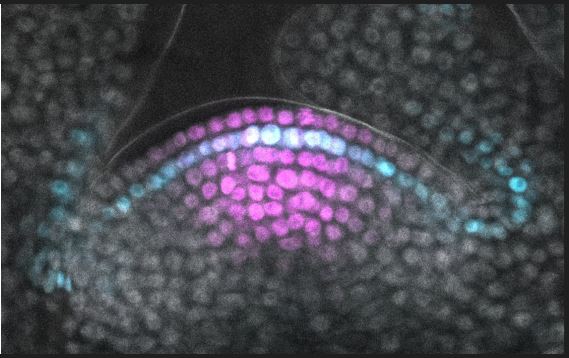
Variegated Canvases: The Diverse World of Plant Shoot Stem Cells
The Plant Cell: In a NutshellBradamante et al. investigate the heterogeneity of stem cells of the shoot apical meristem
https://doi.org/10.1093/plcell/koad295
By Vu Nguyen, Gabriele Bradamante, Ortrun Mittelsten Scheid and Ruben Gutzat
Background: In plants, stem cells in the shoot apical meristem (SAM) produce new organs…
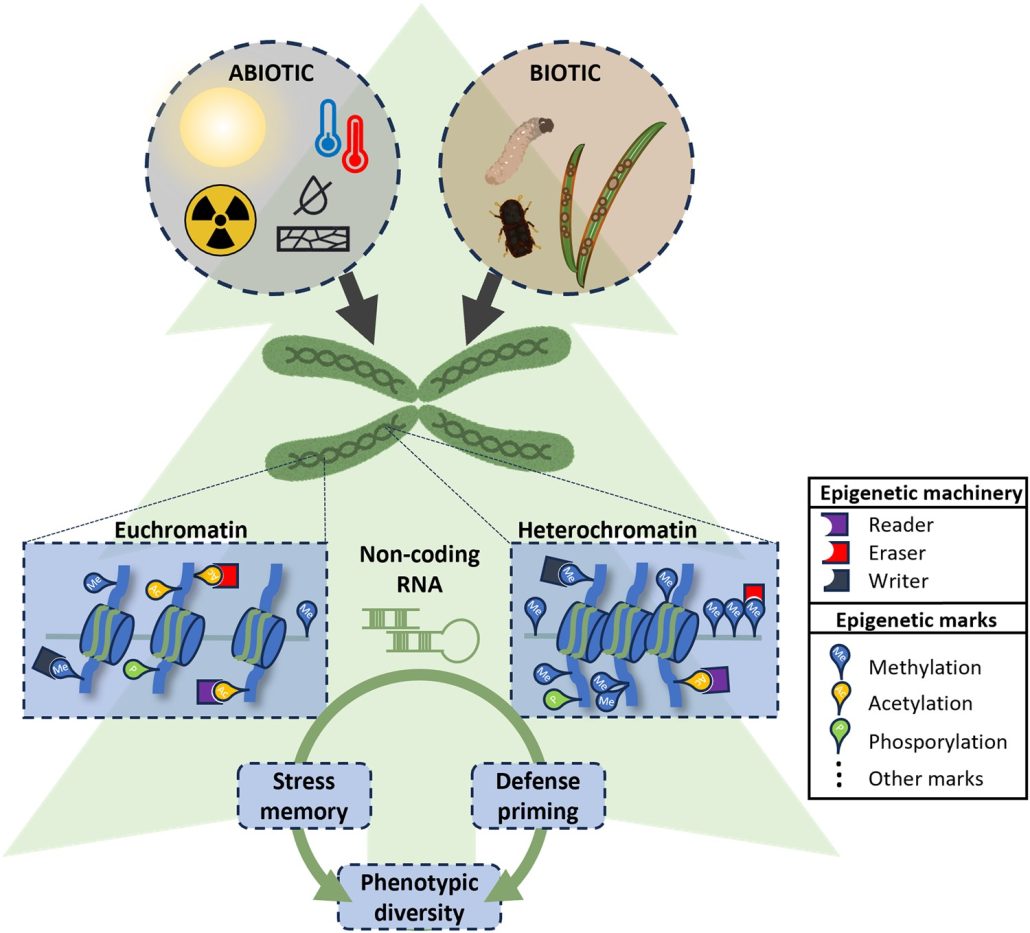
Review. From stressed to success: Unveiling the secret memory of gymnosperms
Plant Science Research WeeklyEpigenetic stress memory in gymnosperms is the topic of a new review by Fossdal et al. Gymnosperms are long-lived, cone-bearing, tough trees, known to tolerate episodic stress. Their adaptive traits to stress are not passed on in a straightforward way, conforming to classical Mendelian inheritance. Instead,…

Arabidopsis long non-coding RNAs: an orchestrated hubbub
The Plant Cell: In a NutshellKornienko et al. discover that Arabidopsis genome is full of long-non-coding RNAs that show their expression only in specific tissues and plants from different geographic origins because of differences in epigenetic silencing of these genes.
Plant Cell - https://doi.org/10.1093/plcell/koad233
By Aleksandra…

All in good time: Timing gene activation during early flower development
The Plant Cell: In a NutshellPelayo et al. explore the function of a biological timer that activates key genes for flowering.
Margaret Anne Pelayo, Nara Institute of Science and Technology
https://doi.org/10.1093/plcell/koad123
Background: For flowers to form, the floral meristem (floral stem cells) must irreversibly commit…

Boosting plant disease resistance through epigenetics
Plant Science Research WeeklyIncreasing plant resistance to specific pathogens through genome editing is a very active branch of crop engineering. In a recent paper, Veley et al. propose to edit the epigenome to boost resistance to cassava bacterial blight by increasing the levels of DNA methylation at specific sites, while leaving…
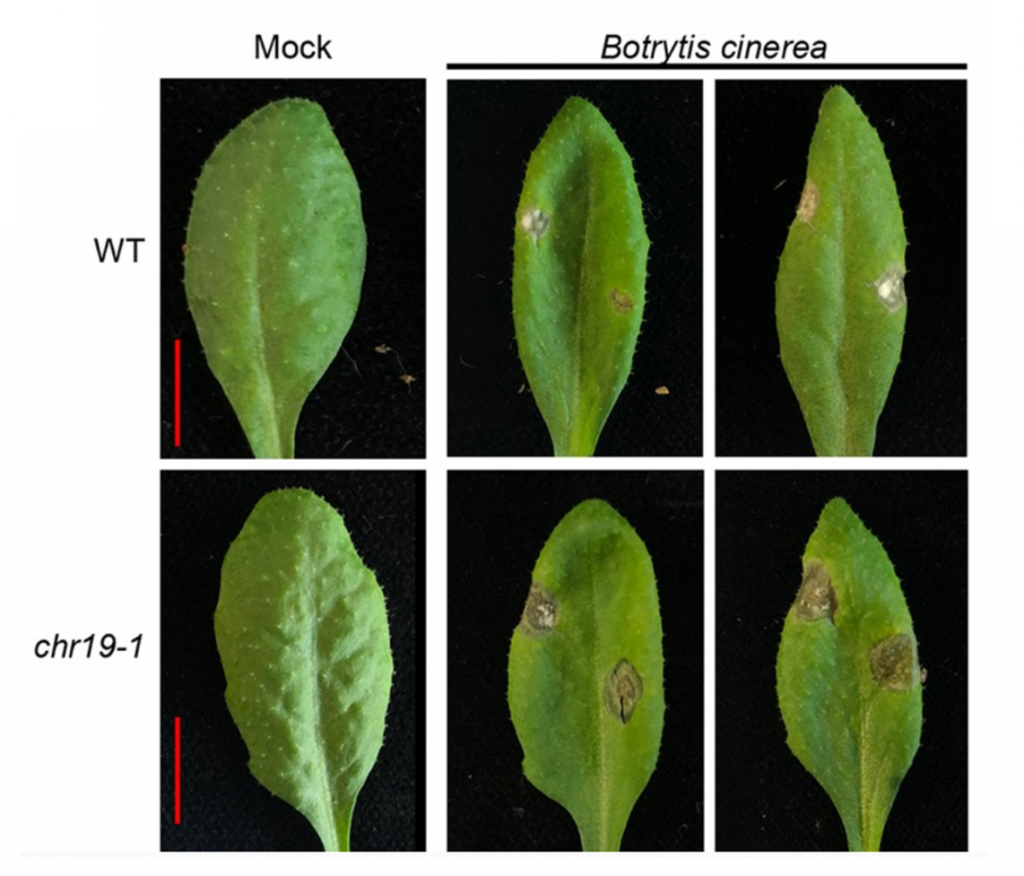
Arabidopsis CHROMATIN REMODELING 19 acts as a transcriptional repressor and contributes to plant pathogen resistance (Plant Cell)
Plant Science Research WeeklyChromatin remodellers are highly conserved eukaryotic proteins with regulatory roles in various aspects of DNA metabolism including DNA repair, gene expression and mitosis. Here, Kang et al. examine the function of the CHROMATIN REMODELLING19 (CHR19) in Arabidopsis thaliana. Using two T-DNA insertion…

URM Plant Scientist Highlights - Thelma Madzima (she/her)
BlogDr. Thelma Madzima (she/her) is one of very few Black faculty in the USA who are plant molecular biologists. Originally from Zimbabwe, Thelma immigrated to the US at the age of 17 to attend college. She received her B.S. in Plant Science and Plant Biotechnology from Fort Valley State University, a historically…

